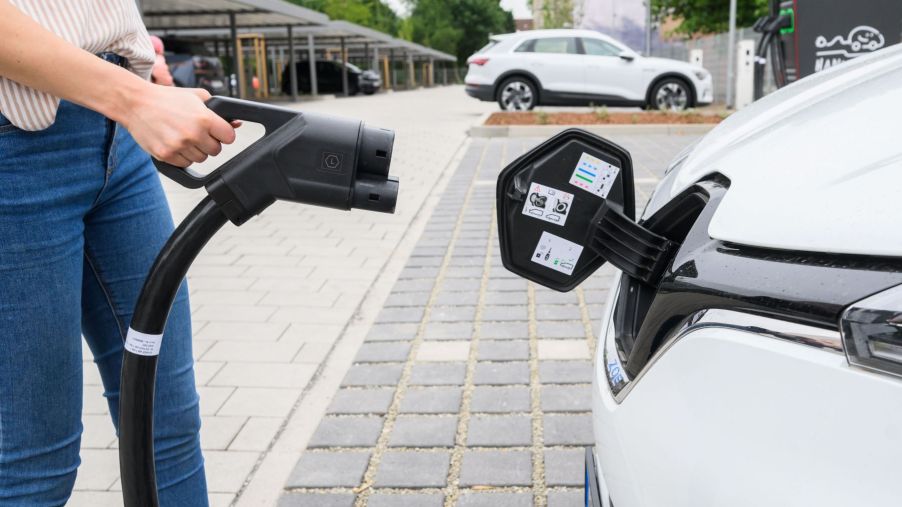
How Much Does It Cost to Charge an Electric Vehicle (EV) With Level 3 Charging?
Electric vehicles are starting to really assume their places among the automotive industry and car-buying public. And with the increased availability of various EV options out there, today’s consumers need to familiarize themselves more with EV technology, maintenance, and proper charging techniques. Today, we’ll explore the various nuances you’ll need to know about Level 3 charging, including how to identify one, how long it takes to recharge, and how much it costs to charge an EV at one.
Where you’ll find Level 3 charging stations
There are three primary levels of EV charging available. Levels 1 and 2, as the U.S. Department of Transportation describes, are the slower methods, with charging capabilities of 120 volts and 240 volts, respectively.
You’ll find these units in some public venues and for at-home charging. Level 3 chargers, however, are considered to be the fastest and most robust method, capable of providing 400-volt to 900-volt charging, according to Forbes.
Level 3 chargers, also known as Direct Current Fast Chargers, are currently available along major traffic corridors in charging networks rather than individual charging stations. You’ll likely find these stations along the highway or at major public locations.
Level 3 chargers could be installed in your home, but it’s not recommended since the costs associated with such an installation are astronomical and would require high-output electrical upgrades.
The cost of using Level 3 chargers explained
There’s even more to unravel with Level 3 chargers when you start assigning costs. How much it can cost you to charge your EV at one of these super-fast stations can vary wildly, depending on the location and type of unit. Public venues will set their own rates for use, for example. And Tesla charging stations with Level 3 capabilities will vary from other brand stations.
Electrify America shares some additional pricing info, charging subscribers $0.43 per kWh or $0.31 per kWh. But no matter how you compare, Level 3 chargers will always be more expensive to use that Level 1 or Level 2 stations. Alternative Fuels Data Center discusses how to determine costs further. If the electricity costs $0.10 per kWh, re-juicing a completed 200-mile battery would cost about $6.
MyEV explains that being the fastest method of charging allows Level 3 chargers to command higher prices. Tesla, for example, charges an average of $.28 per kWh to use its Superchargers in some states.
In its example, a 25-minute charging session that added 50 miles of range to their Volkswagen eGolf, cost $7.25. This averages out to be around $3.62 for every 15 miles charged. If you were driving the gas-powered VW Golf, you’d pay $2.26 for the same miles, demonstrating a vast difference. To know how much your EV will cost, you’ll need to do some math and know your EV’s battery capacity before calculating.
How quickly you can charge your EV using a Level 3 station
The Alternative Fuels Data Center breaks down the time it takes to charge an EV at a Level 3 charging station. You can add anywhere from 100 to 200+ miles of range in just 30 minutes of charging.
That’s roughly adding 20 miles of range every three minutes, which is lightning-fast compared to the other charging levels. A full charge can be achieved in roughly one hour, depending on who you ask.
Before buying any EV, consider all the new terms and methods you’ll have to adopt. And keep these insights in mind regarding Level 3 charging stations.


